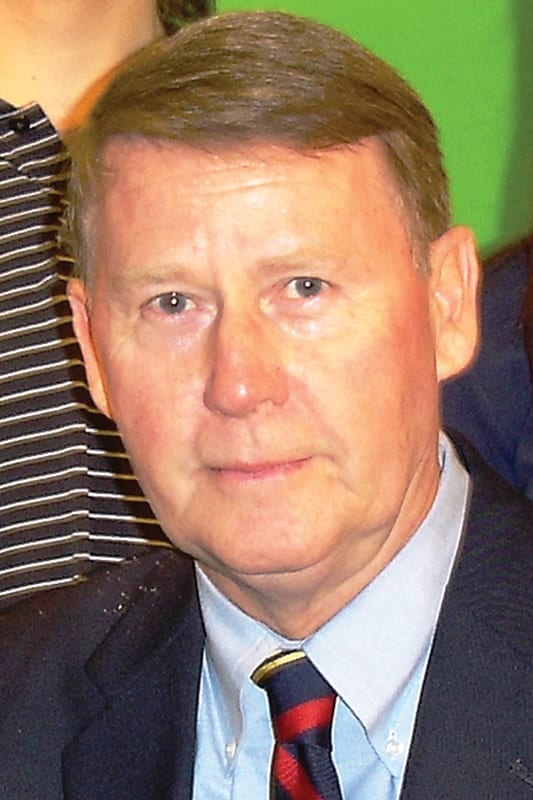
By Gil Gott | Contributing Writer
The greater Plant City area is rich in history. From its early pioneers coming on foot, horseback or ox-drawn carts, its churches, farms, trading posts, its early social and civic clubs, to its rapid development following the building of the railroad, the people, places and activities in this area are fascinating to historians and the general public alike.
We’ll be looking at some of the area’s people, places, things, and events in this column over the coming months. Let us know if there is someone or something of particular interest to you or your family.
In addition to acquiring oral history accounts from local residents, we learned most of what we know from intellectual exchanges with David Elmer Bailey Jr., and from the research path he set us on. Known as “D.E.,” Bailey was born in 1917 in Taylor County and moved with his parents in 1923 to Plant City. His mother was a teacher, father a shop owner, and young David was a hard-working student who excelled in school. After graduating from Florida Southern College, he taught in Plant City schools and married another teacher, Eloise DuBois. In 1941, he became the first Plant City married man drafted in the U.S. Army.
After returning from action in the Pacific during World War II, Bailey went back to teaching in Plant City, later becoming an administrator. He received his master’s degree from the University of Florida in elementary and secondary school administration, minoring in history and social studies.
During this time, he extensively researched the history of greater Plant City and wrote a brief history of Plant City that was published in a special edition of The Plant City Courier. He later joined with Quintilla Geer Bruton, and together, they published “Plant City: Its Origin and History,” in 1977.
A charter member of the board of directors of the East Hillsborough Historical Society, Bailey joined with Bruton again to publish an updated version of “Plant City: Its Origin and History” in 1984, to coincide with Plant City’s centennial celebration in 1985. Subsequent to that, Bailey gave many talks about Plant City’s history to schools, civic groups, churches and historical organizations. He was a charter member of the Plant City Photo Archives and was the first recipient of the organization’s Heritage Award, presented in 2004.
We remember Bailey well, because he was the one to whom we turned when we had a question of a historical nature. If he didn’t know the answer, he would find it or tell you how and where to find it. In 2007, we published a book titled, “Remembering Plant City; Tales from the Winter Strawberry Capital of the World.” Bailey kindly wrote the foreword for this book. He was and continues to be an inspiration to us and to all we do at the Photo Archives & History Center.
One of the interesting people Bailey spoke about was D. Herman Kennedy, who built one of the nation’s leading frozen food production operations off of Laura Street adjacent to the railroad. Southland Frozen Foods became one of the top-10 frozen food companies in America.
Another local businessman about whom little has been written is Lew J. Prosser. This is only part of what Bailey wrote about this man: “For over 50 years, the name of Lew J. Prosser has been closely identified with the citrus industry in Plant City. Mr. Prosser became actively engaged in the industry in 1921. His knowledge of citrus and produce resulted in a number of revolutionary changes in processing and marketing crops which advanced the industry and aided the economy of this section.”
Hopefully, this inaugural column has piqued your interest in the world directly around you — your local history. We look forward to hearing from our readers with ideas, comments and questions. The Photo Archives and History Center also is continually searching for photos that help tell the story of the world around us. For more information or to suggest a future column idea, email Gil Gott at gil@plantcityphotoarchives.org.
Gil Gott is executive director of the Plant City Photo Archives & History Center.
